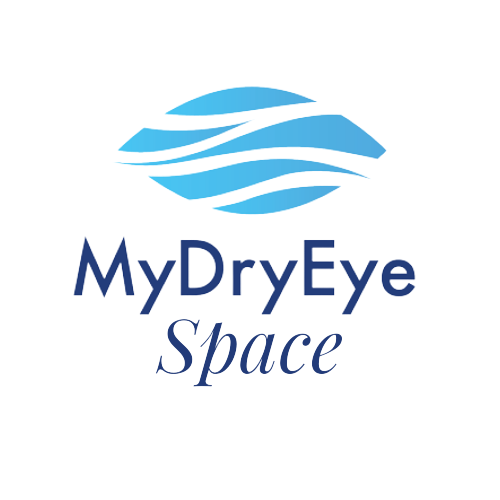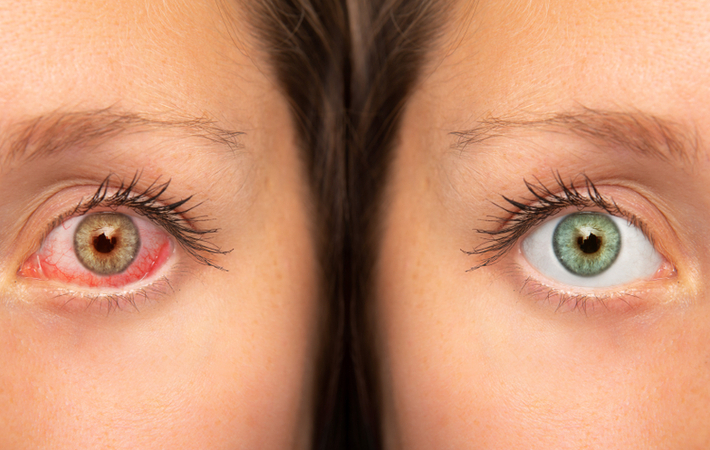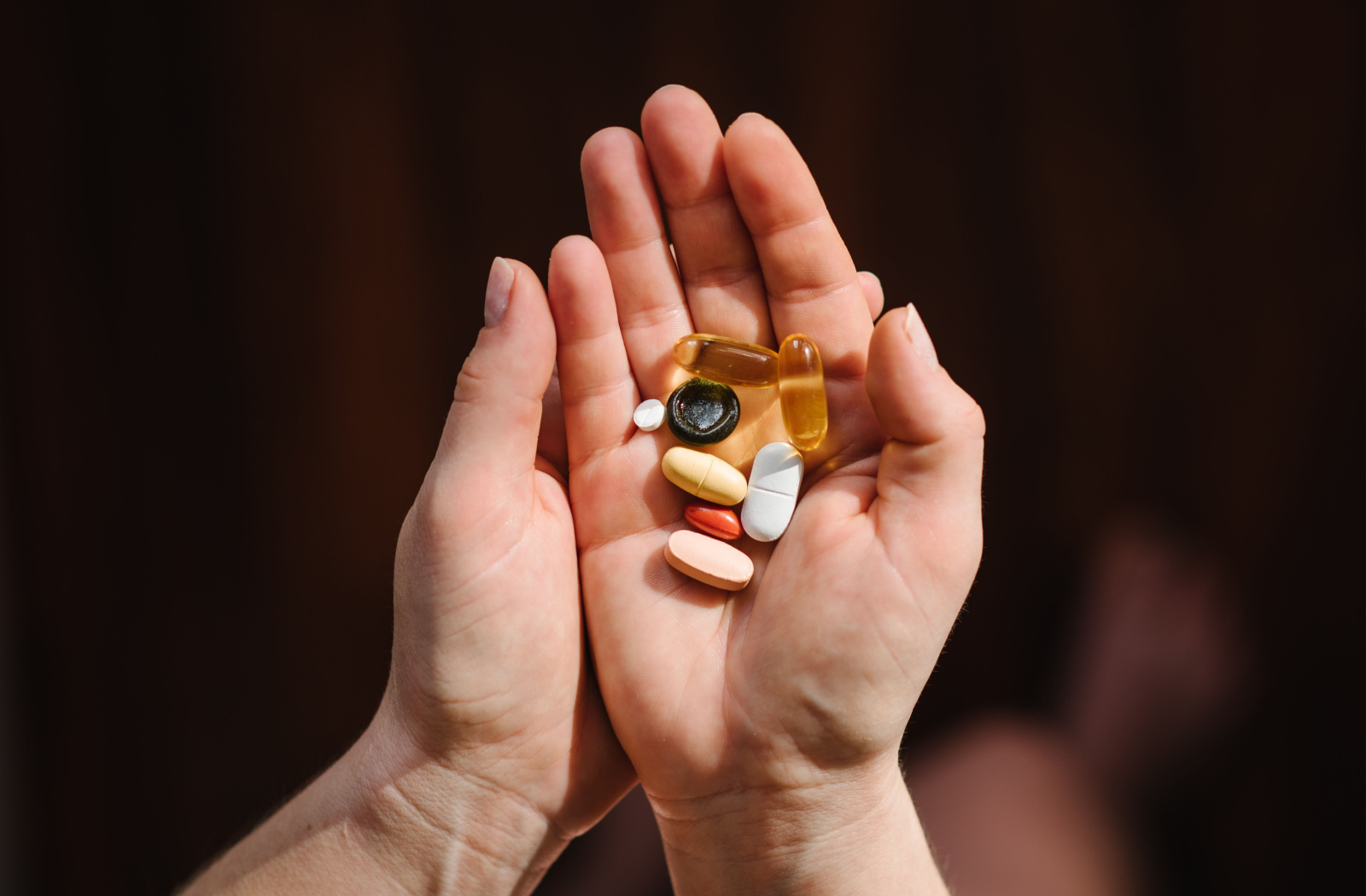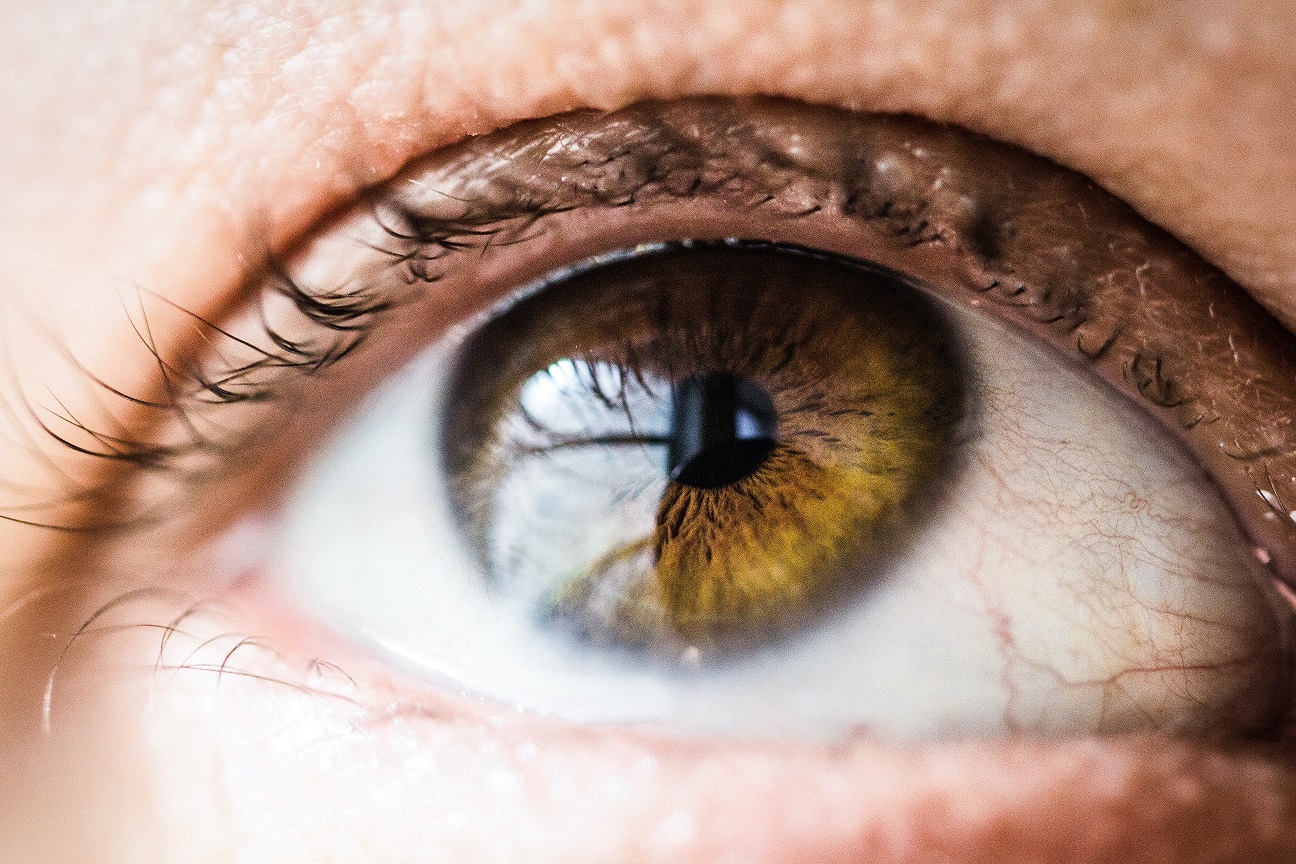If you have dry eyes, your eye doctor has several treatments to help relieve your symptoms. Before they can treat you, your doctor has to diagnose this condition first, but how do they do this?
Many dry eye diagnostic technologies exist today. Continue reading to learn more about dry eye diagnosis and some emerging technologies.
What is Dry Eye Disease?
Dry eye disease is a condition where your tears can’t effectively lubricate your eyes. When your tear film has complications, it can lead to several irritating symptoms, including:
- A stinging, burning or scratching feeling in your eyes
- Light sensitivity
- Eye redness
- Foreign object sensation
- Watery eyes
- Blurry vision
- Eye fatigue
There are 2 main types of dry eye disease: evaporative dry eye and aqueous deficient dry eye. You may also experience a combination of these forms of dry eye.
Dry Eye Symptoms Can Be Misleading
Dry eye symptoms can be confusing due to their similarities with several eye conditions. Some conditions with similar symptoms to dry eye disease include:
- Allergic conjunctivitis
- Anterior blepharitis
- Contact lens intolerance
- Computer vision syndrome
- Trichiasis
With many conditions having similar symptoms, how can you be sure you have dry eyes and not something else? How does your eye doctor diagnose dry eye disease?
How is Dry Eye Disease Diagnosed?
Your doctor can diagnose dry eye disease during a comprehensive eye exam or a dry eye exam, which helps them determine your overall eye health. There are several tests administered during an eye exam. Some of the most common for diagnosing dry eye include a slit lamp test and Schirmer’s test.
Slit Lamp Test
A slit lamp test is typically a standard part of a comprehensive eye exam, and it can help identify several eye conditions, including dry eye disease. You’ll sit in a chair facing the slit lamp while resting your chin and forehead on a support device.
Your eye doctor will look at the structures of your eye in detail, including your:
- Conjunctiva
- Cornea
- Eyelids
- Iris
- Pupil
- Lens
- Sclera
- Retina
They’ll look at your eye and eyelids to see how your tear film is currently operating.
The Schirmer’s Test
A Schirmer’s test evaluates whether or not your eyes produce enough tears. This test is straightforward and fast; your eye doctor places a piece of filter paper inside the lower eyelid in both eyes. You close your eyes for 5 minutes before your doctor removes the paper and looks at how far the tears travelled.
The moistness of the paper determines how many tears you’re producing. A score greater than 10mm in 5 minutes is normal, while anything less than 5 mm is a sign of tear deficiency. You may feel a slight discomfort while you close your eyes, but otherwise, this test has little to no side effects.
While these tests are standard for dry eye diagnosis, other technologies are available. Your eye doctor will decide on the best diagnostic tools, and they have several options to choose from.
Dry Eye Technologies
There are many ways to diagnose dry eye disease, and more develop with ongoing research. Take a look at some of the dry eye diagnosis methods used today.
Meibography
This special imaging will allow your eye doctor to view your oil glands (meibomian glands) and distinguish if there are signs of atrophy or misalignment of the glands. It is important to distinguish how healthy your oil glands are because it will help guide proper treatment and care.
Tear Film Breakup Time
Tear film breakup time (TBUT) determines how long your tears stay on your eyes after you blink. Your doctor places a small amount of dye in your eye, and you blink to ensure it fully covers the eye’s surface. Afterward, you look forward without moving your eyes or blinking while your eye doctor examines your tears.
Your doctor will look at how long it takes for dry spots to appear after blinking. If your tears break apart within 5 seconds, you may have dry eye disease.
Tear Film Osmolarity

Tear osmolarity tests how much salt is in your tears. Normal osmolarity is essential for your tears to function effectively. Too much salt can be a sign of fast tear evaporation.
This test can effectively diagnose dry eye disease. Research shows that osmolarity can predict the presence of this condition with high rates of success.
Inflammatory Testing
Some patients with dry eye will have a high inflammatory component. Testing your tears for signs of inflammation will guide your optometrist to properly manage it. They may prescribe immuno-modulators, anti-inflammatory eye drops or Intense Pulsed Light (IPL) to reduce the inflammation.
Fluorescein Dye Test
A fluorescein dye test can help identify the presence of abnormal tear production. Your eye doctor conducts this test by placing dye into your eye, and you’ll blink several times to help the dye spread over your cornea’s surface.
Your doctor will then shine a blue light towards your eye through a slit lamp and this light and administered dye help highlight any signs of dryness.
The dye will appear smooth across your eye if there are no issues. Your optometrist will also notice abnormalities if you have dry eye symptoms, such as inflammation.
There are many ways your eye doctor can diagnose dry eye disease with today’s technology. Whether it’s through tear osmolarity, tear film breakup time or another method, your doctor can uncover the reason behind your dry eyes.

Don’t Live With Dry Eyes
Dry, irritated eyes can make everyday life a pain to deal with, but you don’t need to live with them. There are several treatments your doctor can recommend to help relieve your symptoms.
If you’re experiencing dry eye symptoms, contact your eye doctor.










